This article was co-authored by wikiHow Staff. Our trained team of editors and researchers validate articles for accuracy and comprehensiveness. wikiHow's Content Management Team carefully monitors the work from our editorial staff to ensure that each article is backed by trusted research and meets our high quality standards.
There are 8 references cited in this article, which can be found at the bottom of the page.
wikiHow marks an article as reader-approved once it receives enough positive feedback. In this case, 95% of readers who voted found the article helpful, earning it our reader-approved status.
This article has been viewed 45,595 times.
Learn more...
Kaizen originated in Japan. Roughly translated, the word means "good change." Conceptually, it is the practice of continuous improvement, personally or professionally. Kaizen is widely used in management and industry as a buzzword for the process of guiding teams towards developing and implementing strategies for sustained growth and enhancement. Whatever the context, the primary focuses of kaizen are to eliminate waste, or "muda," and clarify a given process or activity to yield the best possible results.[1]
Steps
Following the Kaizen Philosophy
-
1Take small steps forward. The most basic premise of kaizen philosophy is to institute incremental improvements over time. It calls for an ongoing, collaborative process of gradual enhancements to optimize productivity, efficiency, and/or quality.
- This means that you need to respect the process and commit to it in the long-term. Kaizen functions best when it's adopted as a lifestyle or culture.
-
2Focus on specific, actionable processes. You may be overwhelmed by the big-picture and the scale of overall changes that you'd like to make. Kaizen makes the big-picture whole manageable by breaking it down into measurable, targeted improvements. Doing so enhances your chances of succeeding in the short-run and long-term as well as your ability to measure your successes along the way.[2]
- For example, instead of trying to do a complete overhaul of your sales strategy, you might focus on improving one thing at a time through a specific method, like boosting sales to a particular demographic through retargeting applications or special offers.
- Change can feel risky and generate resistance. This approach can be especially helpful in collective settings because it allows everyone to get “on board” with changes since they're not alarming or drastic.
- This philosophy also requires people to hone in on processes instead of dwelling on results. While the ultimate goal is to improve results, you're more likely to get there when you focus on how to improve the process.
Advertisement -
3Eliminate waste and excess. One of the best ways to improve a given process, according to kaizen, is to figure out which steps you can take to reduce any wasted time or resources associated with it.[3]
- For example, if you're trying to improve your personal time management, you might identify the things that you spend the most time on and evaluate how much value each activity adds to your life and/or career. If you find that managing your emails is taking up too much time in comparison to the value that they offer, you can take steps to ensure you spend less time in your inbox.
-
4Take action. Following kaizen principles, you should devote your mental energy towards thinking about how to do something, not towards making excuses about why it can't be accomplished. The principles call on you to do what you can do now and to come up with new solutions for those things that have traditionally been seen as impossible to change.[4]
- When you're taking action to make positive changes, kaizen asks people to disregard the limitations of conventional or status-quo thinking. Instead, you should approach each problem or goal on its own terms.
-
5Draw on your mental resources. According to kaizen philosophy, your most important resource to create good changes should be wisdom rather than money. As a strategy, it focuses on tapping collective wisdom versus deploying a big budget to fix things.
- The easiest way to do this is to gather your peers or coworkers to brainstorm solutions for particular problems that could be implemented immediately.
- For instance, if you're trying to improve your in-house communications, you could work together to come up with internal listservs, filters, tagging systems, and/or protocols that would solve many of your issues without relying on buying new software or hiring a consultant.
- In the long run, you may need to make some monetary investments, but kaizen offers you the opportunity to make the best use of the resources that you already have available.
Putting Kaizen into Action in Your Personal Life
-
1Select a personal area for improvement. This could be anything from a bad habit that you want to address to a good behavior that you want to cultivate, a skill that you want to develop to something that you want to achieve. Once you have an objective in mind, you can start applying kaizen to achieve it.[5]
- For example, you may want to improve your fitness, stop smoking, enrich your social life, or spend your free time more meaningfully or productively.
-
2Identify small, specific tasks that will contribute towards your goal. Again, you want to approach your objective one step at a time, so start by planning your first step. Don't try to tackle everything you want to change at once; focus on breaking your goal down into targeted, measurable actions that you can take to improve.[6]
-
3Prioritize your actions. After you've listed all the possible actions that you could take, it's time to decide on the order in which you'll pursue them. How you choose to prioritize the tasks is up to you.[7]
- If you're feeling overwhelmed, start with the action that will be easiest to implement and go from there. If you're feeling motivated, start with the action that will make the biggest difference.
-
4Create a timeline for each task. You want each step to be an action that you gradually develop into a habit. Thus, as you plan, you should determine a timeline for each step or action that lays out your incremental improvements.[8]
- For instance, if you're trying to stop smoking, create a plan for how much you will reduce your consumption of cigarettes each week.
- If you want to improve your fitness, start small by taking the staircase up to your office each day instead of the elevator. Once you've made that routine, you might start exercising for 20 minutes two times a week and gradually increase the duration, frequency, and/or intensity of your workouts.
-
5Keep track of your progress. You want to be able to review your improvement over time, so you need to create a system for recording it.[9]
- Since kaizen is a daily practice, a calendar is a good tool for recording and checking your progress. Simply write down what you do towards your goal each day. Other options include charts or checklists, so that you can see if you're sticking to your plan.
- Keeping track of your progress will also allow you to make adjustments as needed. Remember, kaizen is an ongoing process, so you will need to keep planning, acting, and adjusting as you go. If you're not getting the results that you want, it's time to change the method.
-
6Add steps until you reach your objective. Once you've optimized one process or successfully integrated one practice into your life, it's time to move on to the next step that will help improve the whole.
Applying Kaizen in the Workplace
-
1Identify areas for improvement. You may want to focus on customer or employee satisfaction, quality, efficiency, or productivity in specific departments, products, or services. Make a list of all the areas in which you'd like to see positive changes, and then pick one to start with.
- If you don't know where to start, work out a way to prioritize your objectives. For instance, you may want to begin with the areas that affect your customers the most or with an area that has the most opportunity for immediate improvement.
-
2Evaluate current-state processes. To focus your application of kaizen principles, you will need to take time to document and assess existing work processes. This should include recording the steps currently involved, the time and resources required for each, and the overall results of the process.[10]
- For instance, if you're evaluating a design process, you would need to document each stage of the process as well as the personnel, time, equipment, and costs involved in each stage. You would also need to have the figures for how much is produced and how much profit is generated from the current process.
- Many businesses do this through “value stream mapping,” which charts each step in a process and assesses the value and/or waste generated by that step. Once you know how well each step is functioning, it's easier to identify places for improvement.[11]
- The more information, input, and data that you have about how a process presently works and the results that it produces, the better positioned you'll be to change it for the better.
-
3Set the vision for the future state. When you're trying to make changes in a specific area, it's good to have an idea of where you'd like go. That way, you can identify gaps between where you're at and where you'd like to be. Those gaps are precisely where you should implement kaizen principles.[12]
- For instance, if you're trying to improve customer service, you may notice that your current state for an average response time to an online inquiry is 72 hours while your future state calls for a response time under 24 hours.
-
4Brainstorm possible solutions. Once you have laid out the information and vision for a target process, it's time to tap everyone associated with that process to come up with potential actions that you could take to improve it. Having many people with diverse perspectives involved in your brainstorming session will increase your chances of generating a robust array of solutions.
-
5Plan targeted, measurable actions to create improvements. Break down your improvement plans into a series of small changes or steps. Decide on a reasonable timeframe for implementing each incremental change.[13]
- For example, if you're trying to improve the quality of a particular product, you might start by enhancing the processing of its core materials, then work on honing the manufacturing equipment, and then improving the procedures for quality control.
-
6Deploy the “5S method.” One of the traditional kaizen action plans for optimizing workplace processes is called the “5S method” - “seiri, seiton, seiso, seiketsu, shisuke” in Japanese. The steps are: sort, straighten, shine, standardize, and sustain. That is, sort out what's not necessary, organize what's left, keep the process clean and waste-free, standardize how it operates, and continue to maintain and improve the standards you've set.[14]
- For instance, if you're applying this to a manufacturing process, you might start by eliminating unnecessary equipment from your work site, making sure that the remaining equipment is arranged in a logical manner for the workers, and ensuring that there is a maintenance policy in place to keep your newly organized space clean and high-functioning. Then, you can use your improvements to designate a new manufacturing protocol that you continuously evaluate for possible tweaks to make it more efficient.
-
7Make the planning process as inclusive as possible. Everyone who is involved in a process, regardless of their rank, should be involved with kaizen planning and decision-making. This ensures that the people who know the process best are on-hand to offer possible improvements. It also means that everyone is already “on board” when it comes to implementing incremental changes.[15]
-
8Implement the action plan and monitor results. Keep the process on track by ensuring that everyone has an updated working plan or a list of the required activities and timeframe for each step. Measure improvements as you go to check that the process is working.[16]
- For example, if you're applying kaizen to make a manufacturing process more efficient, you should record how much time is being saved and how many more units are being produced per hour. That way, you can check to see that the changes being implemented are actually leading to the expected improvements.
- Kaizen calls for continual evaluation of a process. Once you've made the first round of improvements, it's time to check back to make adjustments or see what other actions can be taken to improve.
Community Q&A
-
QuestionIs a repair Kaizen?
 Jennifer WapplerCommunity AnswerYes. Fixing any organizations systems, policies, procedures and laws, and making them healthier and more positive for their employees to thrive in, is a kind of Kaizen.
Jennifer WapplerCommunity AnswerYes. Fixing any organizations systems, policies, procedures and laws, and making them healthier and more positive for their employees to thrive in, is a kind of Kaizen.
References
- ↑ http://www.iaeng.org/publication/IMECS2010/IMECS2010_pp1863-1867.pdf
- ↑ http://www.brighthubpm.com/project-planning/100172-explaining-the-kaizen-principle/
- ↑ http://www.qualitiamo.com/en/improving/kaizen/method.html
- ↑ http://www.qualitiamo.com/en/improving/kaizen/method.html
- ↑ http://viralrang.com/personal-kaizen/
- ↑ http://www.slideshare.net/harisukumaran1/kaizen-for-personal-success
- ↑ http://www.slideshare.net/harisukumaran1/kaizen-for-personal-success
- ↑ http://www.slideshare.net/harisukumaran1/kaizen-for-personal-success
- ↑ http://www.slideshare.net/harisukumaran1/kaizen-for-personal-success
- ↑ https://www.isixsigma.com/methodology/kaizen/a-plan-for-a-five-day-kaizen/
- ↑ https://www.isixsigma.com/tools-templates/value-stream-mapping/
- ↑ https://www.isixsigma.com/methodology/kaizen/a-plan-for-a-five-day-kaizen/
- ↑ http://www.iaeng.org/publication/IMECS2010/IMECS2010_pp1863-1867.pdf
- ↑ https://www.kaizen.com/knowledge-center/what-is-5s.html
- ↑ http://www.brighthubpm.com/project-planning/100172-explaining-the-kaizen-principle/
- ↑ http://www.qualitiamo.com/en/improving/kaizen/method.html


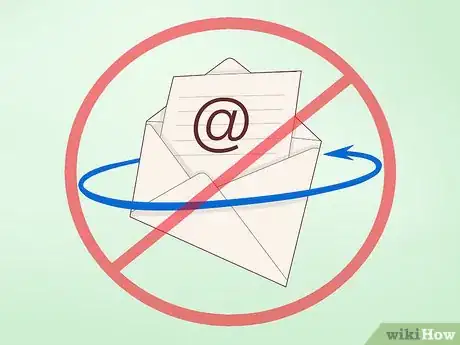





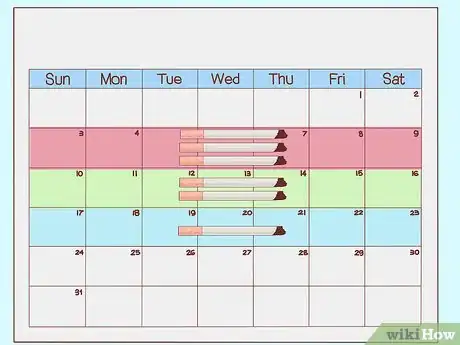

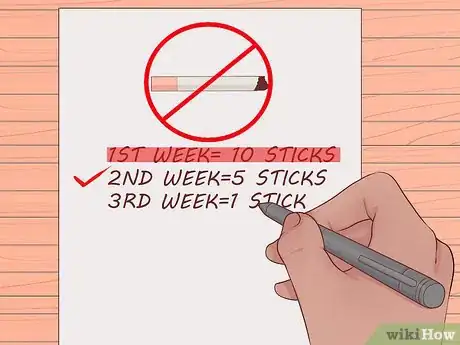

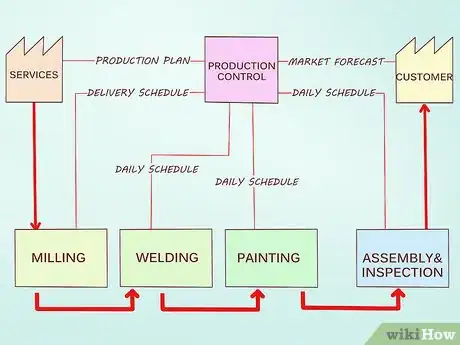


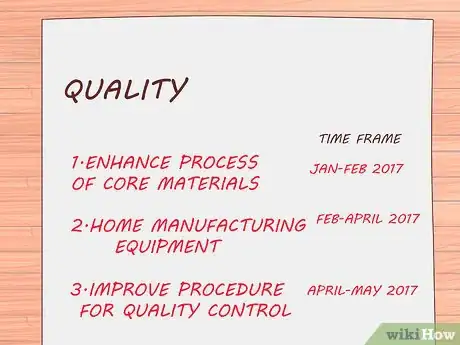









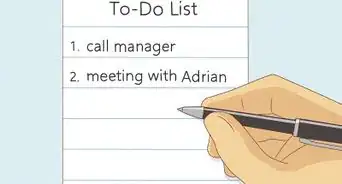


-Step-8.webp)


















































